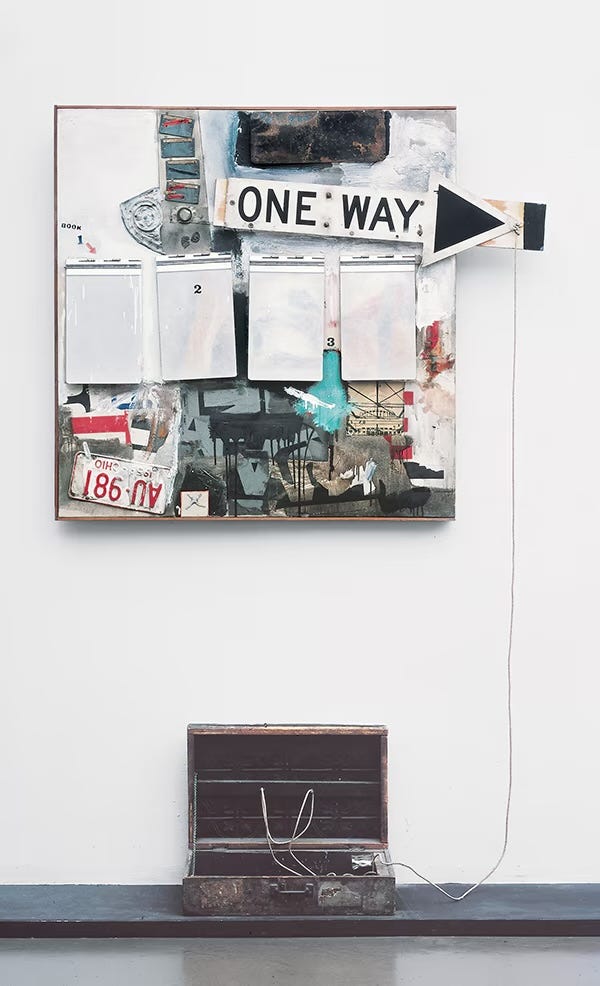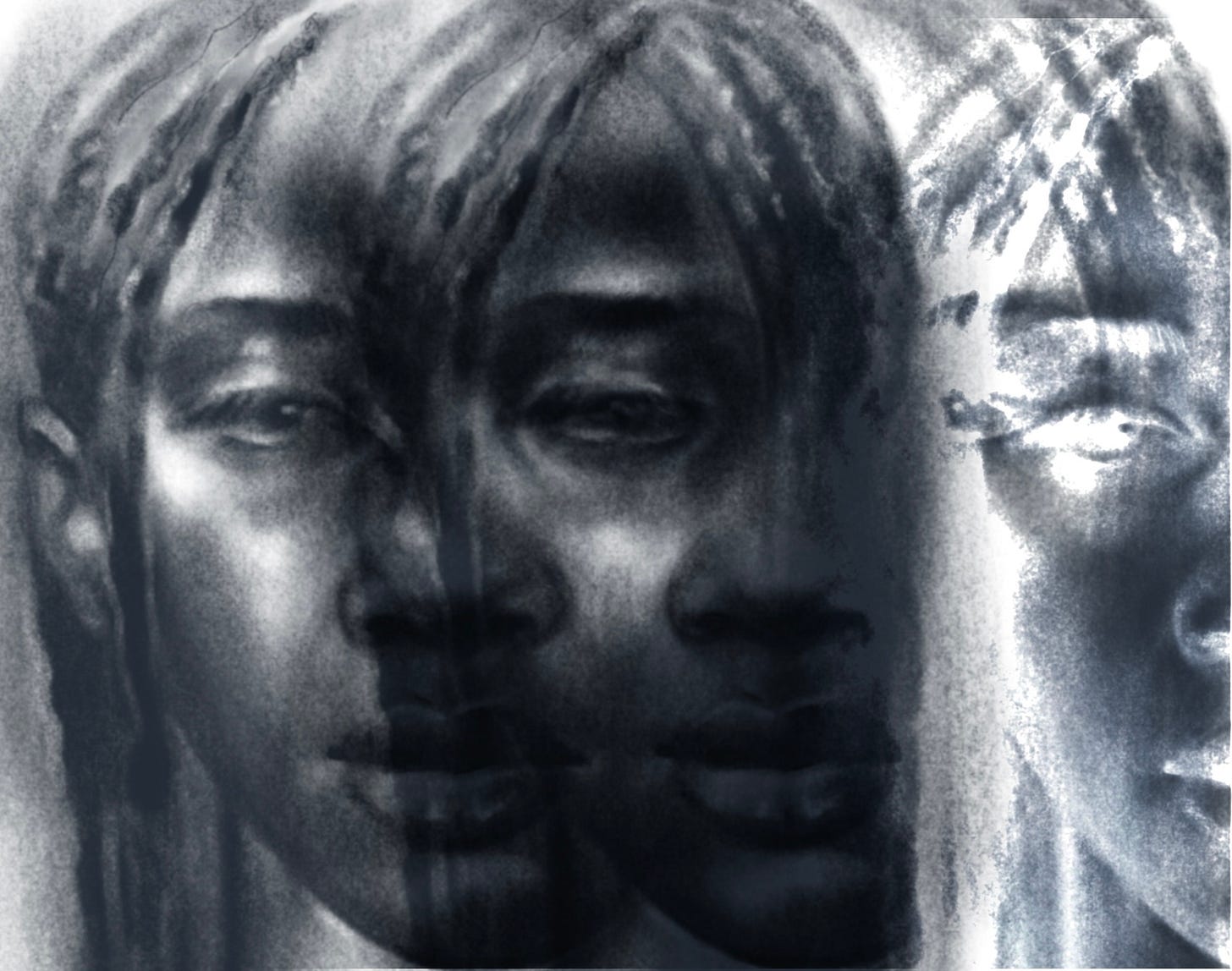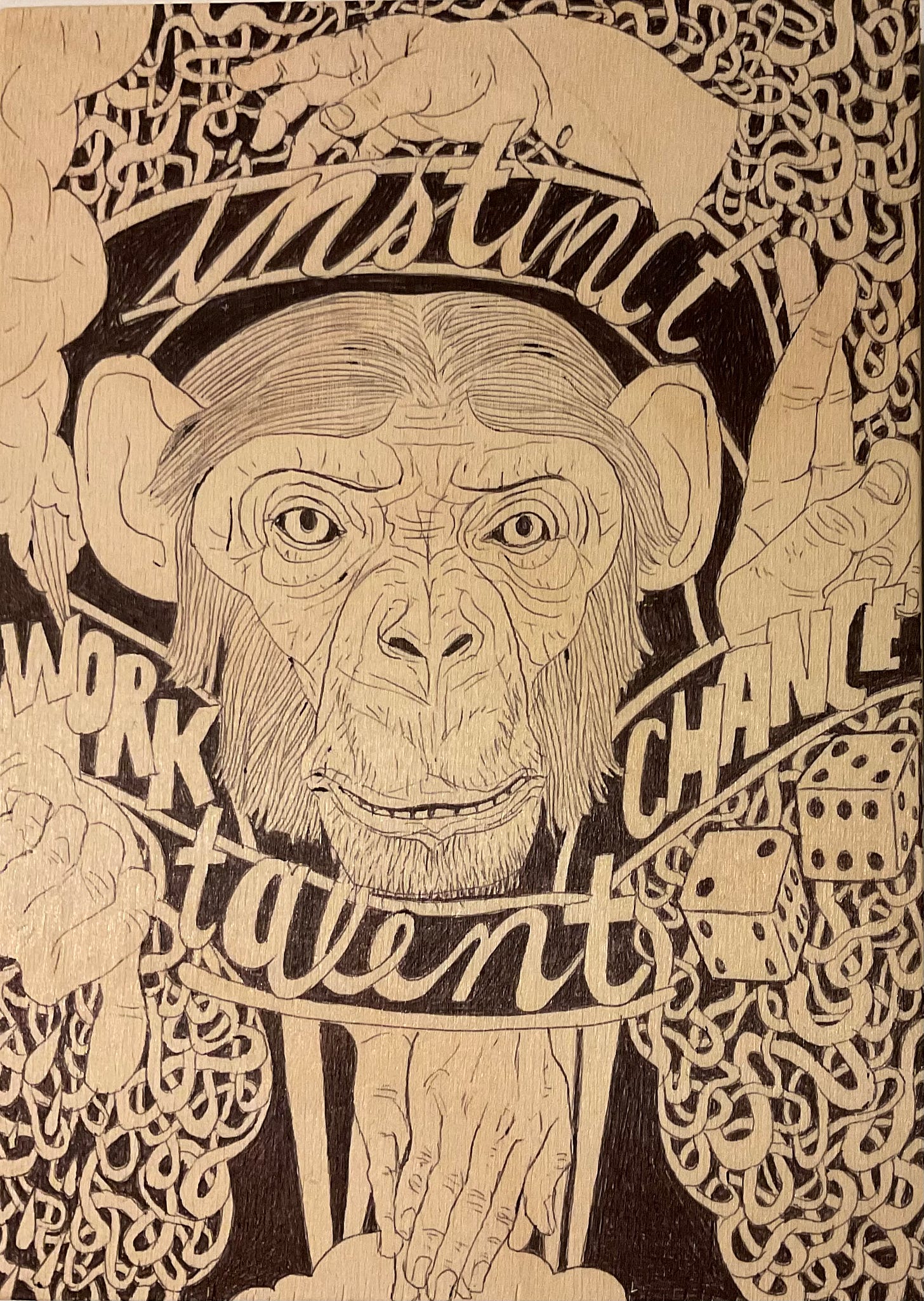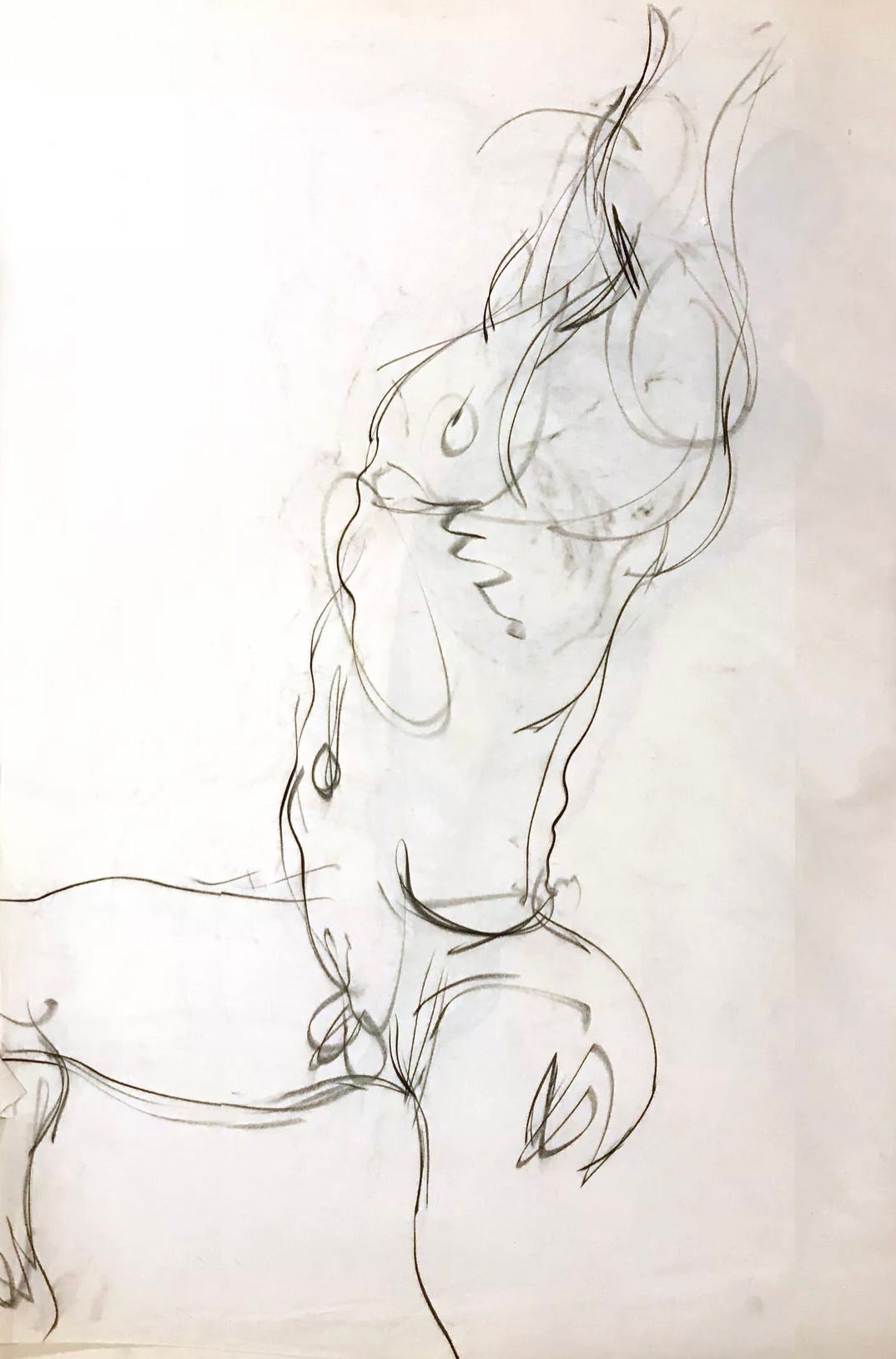You Are All Wrong About A.I. Art
Dueling writers on A.I. miss the point. Generative visual art has a fatal flaw that no other generative A.I. has.
Ted Chiang in the New Yorker wrote that A.I. can’t make art, Matteo Wong in The Atlantic said he’s wrong—-they are both wrong. I have complicated feelings about writers offering their take on visual art, but we live in a word culture and us visual folk are always fighting for our survival, so ammunition for the battle is appreciated. But it seems like this is a pissing match in a swimming pool.
Don’t get me wrong, Chiang’s piece makes some excellent points…
The programmer Simon Willison has described the training for large language models as "money laundering for copyrighted data," which I find a useful way to think about the appeal of generative-A.I. programs: they let you engage in something like plagiarism, but there's no guilt associated with it because it's not clear even to you that you're copying.
This is especially true for the generative art A.I.s as the diffusion technology covers the tracks of the theft, and heck generative sounds like it’s making stuff up, so that’s gotta be original. Both writers go down blind alleys about skills and intelligence, with Chiang veering into a discussion of intelligence studies with rats from the computer scientist François Chollet. Wongs response warrants close attention because it demonstrates a complete lack of knowledge of the practice of visual art…
These computer programs have unfathomably more computing power and time available; rats and humans have finite brain cells and only a short time on Earth. As a result, the sorts of problems Al can solve, and how, are totally different. There are surely patterns and statistical relationships among the entirety of digitized human writing and visual art a machine can find that a person would not, at least not without several lifetimes…
This sentence, ‘There are surely patterns and statistical relationships among the entirety of digitized human writing and visual art a machine can find that a person would not…’ To a hammer everything is a nail, Wong is instrumentalizing a creative process that is not statistical or proximal and most definitely not about magic pattern seeking. Visual art is just not conceived this way, but neither writer understands this. Chiang makes a poor argument about the number of choices necessary to make art…
Is there a similar opportunity to make a vast number of choices using a text-to-image generator? I think the answer is no. An artist-whether working digitally or with paint-implicitly makes far more decisions during the process of making a painting than would fit into a text prompt of a few hundred words.
I think this is a lousy argument because the decisions made in visual art are not born in words or sentences. No matter how many words you use, you are still narrowing what visual art is about. Wong skewers Chiang’s decision-making definition for art as valuing the labour or ‘perspiration’ that went into the work. But then Wong uses Chiang’s bad argument to support his even worse argument…
Some of the most towering artists and artistic movements in recent history have divorced human skill and intention from their ultimate creations. Making a smaller number of decisions or exerting less intentional control does not necessarily imply less vision, creativity, brilliance, or meaning. In the early 1900s, the Dada and surrealist art movements experimented with automatism, randomness, and chance… Decades later, abstract painters including Jackson Pollock, Joan Mitchell, and Mark Rothko marked their canvases with less apparent technical precision or attention to realism…Famed Renaissance artists used mathematical principles to guide their work; computer-assisted and algorithmic art today abounds. Andy Warhol employed mass production and called his studio the "Factory." For decades, authors and artists such as Tristan Tzara, Samuel Beckett, John Cage, and Jackson Mac Low have used chance in their textual compositions.
He equates art and artists from the past, divorc(ing) human skill and intention from their ultimate creations, as permission for us to take up the new tools of A.I….
The processes through which art arises are not limited and cannot be delimited by a single artist or viewer but involve societies and industries and, yes, technologies. Surely, humans are creative enough to make and even desire a space for generative Al in that.

Impressive rewriting of art history to distort modernism as somehow a project that removes the human aspect of expression as opposed to a critical response to industrialization, urbanization and the political and cultural upheaval after World War 1. The greatest American artist of the 20th century, Robert Rauschenberg, saw his work acting in the gap between Art and Life. He used almost every material and technology possible to make art. All of his work has a beating heart that is absent from the Tin Man machine art of A.I. Wong should have mentioned the Futurists, their love of war and everything machine is closer in spirit, but their movement was short lived because of actual war. He pleads with us to be generous and ‘creative’ to make space for generative art. No, let’s not.
The generative visual art A.I.s were not conceived, built, or designed by visual artists. There is nothing visually literate or visually meaningful in generative visual art. They are not counterculture or challenging the world order, they are commercial products from the largest companies on this planet that are focused on monetizing our attention and every molecule of our creativity. The Matrix without all the hoses stuck into us.
We don’t process visual images like we read letterforms and words, so there is no basis for believing that generative art is making meaningful images through a word based portal. The visual results are Frankensteinish pastiche pictures animated by contextless literary tropes trained on copyrighted materials. The problem is the market for this work doesn’t really care about the qualities that are inherent to the making and meaning of visual art—-they just want a picture.
If we can’t turn the tide of generative A.I. art in the short term, we must solve the issue of copyright theft. Spawning is a group of artists and musicians who see a future for responsible generative art. They are serious about protecting artists rights as they have created the first opt out Do Not Train registry for artwork and domains, which I have used multiple times—Have I Been Trained and Kudurru a plug-in for websites that blocks A.I. scrapers from accessing your content. Their latest product is Source.Plus providing A.I. model trainers with a consenting alternative to fine-tuning on copyrighted materials in the styles of working artists. They believe that creatives have the right to determine if and when their work is used for AI training, and should be able to profit directly from its use.
I returned to this post after 2 days of teaching in the studio and the students collision of visual forms, engaged attention, useful confusion, dawning realizations, and countless marks searching for their path to express a living person onto a piece of newsprint, affirms my unshakable faith in the human process of interpreting and communicating this wonderful world through drawing. We have a map to lead us out of this, we just need to draw it.








Hello, Joe. Can I translate your post to Portuguese? With all the credits, of course.
We are facing terrible discussions about this issue, because a bill is being voted on in the Senate that is putting anyone who produces images at risk, not only visual art, but also amateurs and their photographs. The claim is that most people would benefit from technology, including in education and public safety, which we know is not true. The latest proposal would include the possibility of self-regulation of machines.
Here we have a group of visual artists who are fighting for fair regulation, called Unidad.
If you would allow me to translate this, I will post it on my personal blog. To include Brazilians and other Portuguese speakers in the discussion.
Thank you very much!
Hey Joe, another great piece. I quite enjoyed Chiang's article (and now want to reread with a more critical eye) and still need to read Wongs. Have you had a response from either writers? I'd be very interested to read their response to your setback.
best,
m